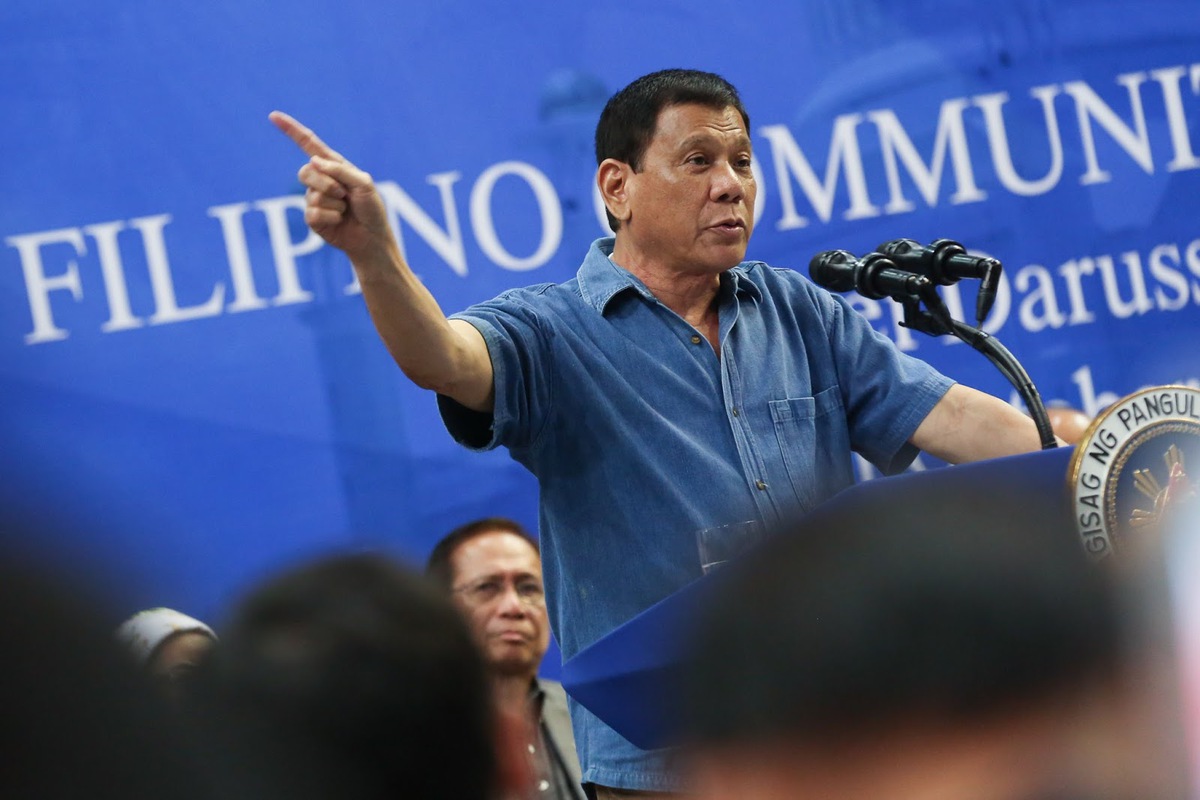The East African Community (EAC) officially admitted the Democratic Republic of Congo during its March 29 summit. Now comprising the Democratic Republic of the Congo, the United Republic of Tanzania, the Republics of Kenya, Burundi, Rwanda, South Sudan and Uganda, the intergovernmental organization promotes trade and cooperation between its member states.
Much like other political or economic unions around the world, the EAC includes many perks—partner states have mutual free trade, a common external tariff as well as a harmonization of banking rules and regulations as part of their unified economic policies.
Joint actions in various sectors such as agriculture and food security, health, immigration, infrastructure and tourism are also overseen. This includes freedom of movement of goods, personnel, labor, capital and services, as well as establishing the right of residence.
Questions, however, have plagued the EAC. Many member states have significant political differences between type of governance and policy decisions. Conflict has arisen from the single party dominance in the parliaments of both Tanzania and Uganda, and Kenya’s parliament has faced criticism of power-mongering and ethnic politics.
President Yoweri Museveni, the current leader of the Republic of Uganda, has been reelected to his sixth term with the country’s election shadowed in doubt—including from other EAC nations concerned about the Ugandan electorate.
Even before the 2000s, the idea of a union of East African nations was sought after. With the overthrow of European colonialism in the 1960s, the original EAC was established on the relics of imperial administration. Yet, their efforts were rather short-lived, as the then-EAC collapsed in 1977 after various leaders could not come to agreement on the benefits member states should have.
Even after its dissolution, Kenya, Tanzania and Uganda still sought cooperation and put forth concrete plans for such an agenda. Finally, in 1999, the treaty to form the EAC again was signed in Arusha, Tanzania, the current headquarters of the organization. However, the East African Community had greater ambitions than simply being a trade union.
In Sept. 2018, the EAC kickstarted the process of becoming a political federation by drafting a regional constitution. If formed, this superstate would become one of the largest states in Africa, by both landmass and population.
In addition to the current list of benefits EAC members share, there are also much more tangible advantages to becoming the East African Federation (EAF). For landlocked nations such as Uganda, Rwanda, Burundi and South Sudan, this could mean being able to access the coast by means of Kenya and Tanzania, and with it, maritime routes and resources. The EAF would also be in a position to become the dominant regional power and negotiate with much more impact on the international scene.
Currently, the 2023 target for bringing the confederation to reality is on track to be missed, as governments struggle to agree on and implement timelines for the creation of the EAF.
As much as the EAC has tried to promote mutual trade benefits and free trade, there are still trade disputes between member states. Moreover, some key economic frameworks and policies remain incomplete. Despite reciprocation from Rwanda and Kenya, other nations of the EAC have exhibited distrust of the agreement.
It’s unclear what will happen to the EAF in the future. As history has shown, it could become a dream that never fully materializes. or it could become an entity within the decade and bring about a new outlook for geopolitics. In the meantime, the EAC will continue to look to bring stability and unity to this region of Africa.






